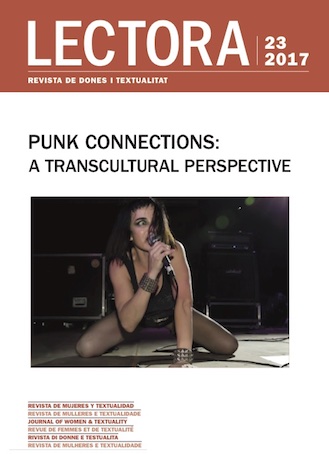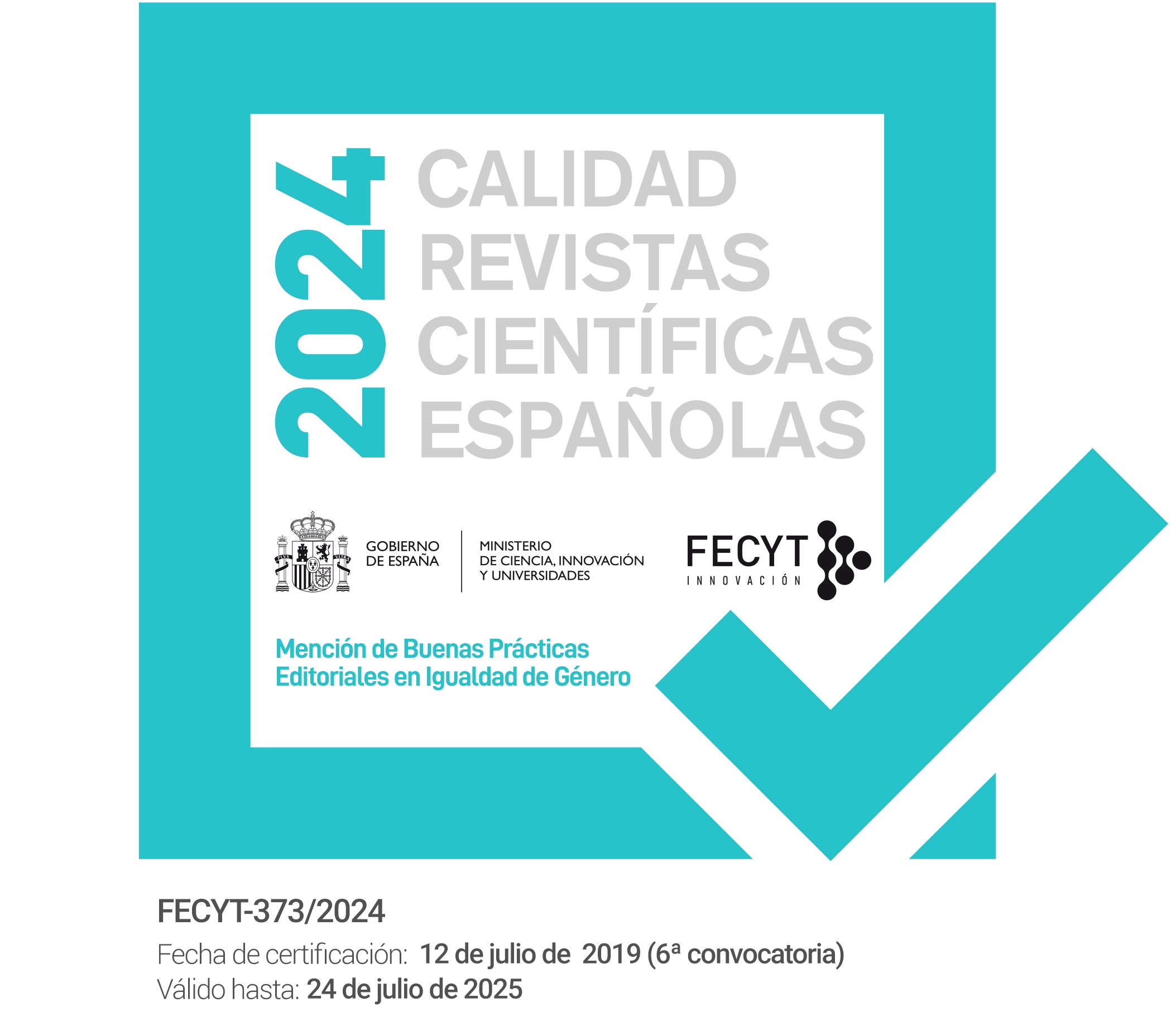Quoting the Princesses of the Nineteenth Century. From Repetition to Resignification in Death and the Maiden (I-III) by Elfriede Jelinek
DOI:
https://doi.org/10.1344/Lectora2017.23.7Keywords:
Elfriede Jelinek, intertextuality, citation, feminist rewriting.Abstract
In 2003, a year before winning the Nobel Prize in Literature, the Austrian writer Elfriede Jelinek published Princess Dramas. Death and the Maiden I-V, a collection of five works conceived as interludes for other plays. As many other of her works, these plays have plenty of intertextual references. The aim of this article is to analyze the first three plays of the collection and to explore the role of citation as a critical tool. To this end, it does not focus on the citation of a specific plot or passage, but on the way the issue of the feminine subject has been addressed in the predecessor texts, all of them from the nineteenth century.
References
Annuß, Evelyn (2005), Elfriede Jelinek. Theater des Nachlebens, Múnich, Fink.
—(2007), "Spektren. Allegorie und Bildzitat in Elfriede Jelineks Die Wand", Elfriede Jelinek: "Ich will kein Theater". Mediale Überschreitungen, Pia Janke (ed.), Viena, Praesens Verlag: 34-59.
Auerochs, Florian (2014), "Vom gläsernen Sarg zum 'Glaspalast des Männlichen': Volksmärchen und feministische Philosophiekritik in Elfriede Jelineks Schneewittchen-Adaptation Der Tod und das Mädchen I", Studia austriaca, 22: 105-124.
Böhn, Andreas (2001), Das Formzitat. Bestimmung einer Textstrategie im Spannungsfeld zwischen Intertextualitätsforschung und Gattungstheorie, Berlín, Schmidt.
Bronfen, Elisabeth (1992), Over Her Dead Body: Death, Femininity and the Aesthetic, Manchester, Manchester University Press.
Butler, Judith (1990), Gender Trouble: Feminism and the Subversion of Identity, Nueva York, Routledge.
Doll, Anette (1994), Mythos, Natur und Geschichte bei Elfriede Jelinek. Eine Untersuchung ihrer literarischen Intentionen, Stuttgart, M&P Verlag für Wissenschaft und Forschung.
Giménez, Ana (2011), "El mito de la princesa: Blancanieves y la Bella Durmiente según Elfriede Jelinek", Extravío, 6: 82-96.
—(2016), "Weibliche Ohnmacht und Gewalt in Elfriede Jelineks Der Tod und das Mädchen III (Rosamunde). Performative Lektüren", Germanica Wratislawiensia, 141: 75-90.
Grimm, Jacob y Wilhelm (2000), Cuentos de Grimm, Madrid, Anaya.
Janz, Marlies (1990), "Falsche Spiegel. Über die Umkehrung als Verfahren bei Elfriede Jelinek bei Elfriede Jelinek", Gegen den schönen Schein. Texte zu Elfriede Jelinek, Christa Gürtler (ed.), Frankfurt, Neue Kritik: 81-97.
—(1993), "Mythendekonstruktion und 'Wissen'. Aspekte der Intertextualität in Elfriede Jelineks Roman Die Ausgesperrten", Text + Kritik. Zeitschrift für Literatur, 117: 38-50.
—(1995), Elfriede Jelinek, Stuttgart, Metzler.
Jelinek, Elfriede (2008), La muerte y la doncella I-V. Dramas de princesas, Valencia, Pre-Textos.
Jirku, Brigitte (2008), "Hablar desde el más allá", La muerte y la doncella I-V. Dramas de princesas, Valencia, Pre-Textos: 9-26.
Kallin, Britta (2007), "'Die Feder führ ich unermüdlich': Helmina von Chézy's Rosamunde as Intertext in Elfriede Jelinek’s Der Tod und das Mädchen III: Rosamunde", Glossen, 26.
Lücke, Bärbel (2005), "Denkbewegungen, Schreibbewegungen —Weiblichkeitsund Männlichkeitsmythen und bilder im Spiegel abendländischer Philosophie: Eine dekonstruktivistische Lektüre von Elfriede Jelineks 'Prinzessinnendramen' Der Tod und das Mädchen I-III", Weiblichkeit als politisches Programm? Sexualität, Macht und Mythos, Bettina Gruber y Heinz-Peter Preußer (eds.), Würzburg, Königshausen & Neumann: 107-136.
Neuenfeldt, Susann (2005), "Tödliche Perspektiven. Die toten sprechenden Frauen in Elfriede Jelineks Dramoletten Der Tod und das Mädchen I-V", Sprachkunst, 36(1): 147-163.
Strigl, Daniela (2006), "Gegen die Wand. Zu Elfriede Jelineks Lektüre von Marlen Haushofers Roman in Der Tod und das Mädchen V", Modern Austrian Literature, 3-4: 73-96.
Szczepaniak, Monika (1998), Dekonstruktion des Mythos in ausgewählten Prosawerken von Elfriede Jelinek, Frankfurt am Main, Peter Lang.
Uther, Hans-Jorg (ed.) (2008), Handbuch zu den „Kinder- und Hausmärchen” der Brüder Grimm. Entstehung — Wirkung — Interpretation, Berlín, De Gruyter.
Downloads
Published
How to Cite
Issue
Section
License
The Author retains ownership of the copyright in this article and grants Lectora: revista de dones i textualitat the rights to print publication of the Article. The work will be available under a Creative Commons Attribution-Noncommercial-No Derivative Works license, by which the article must be credited to the Author and the Journal be credited as first place of publication.
The Author is free to enter in seperate, additional contractual agreements for the non-exclusive distribution of the work as published in this journal (such as institutional repositories or a book), as long as the original publication in Lectora is credited.
The Author is encouraged to post the work online (eg in institutional or thematic repositories, or in their website), as it can lead to productive exchanges as well as to a greater citation of the published work (see The Effect of Open Access).





